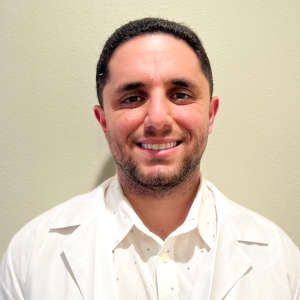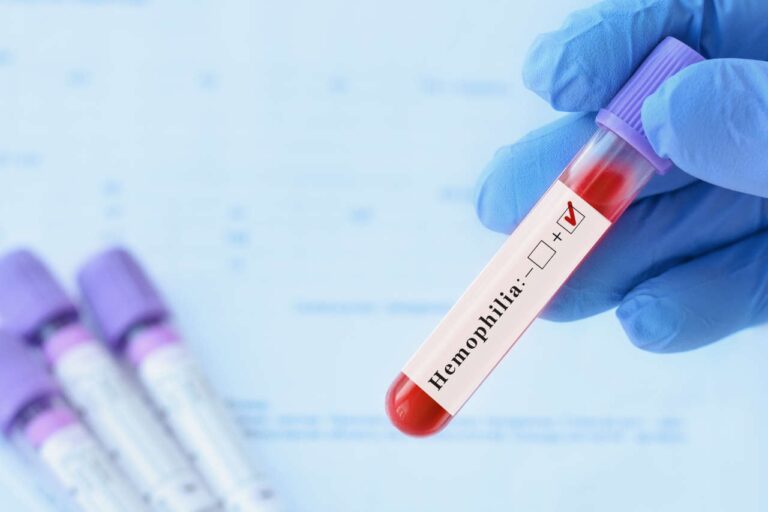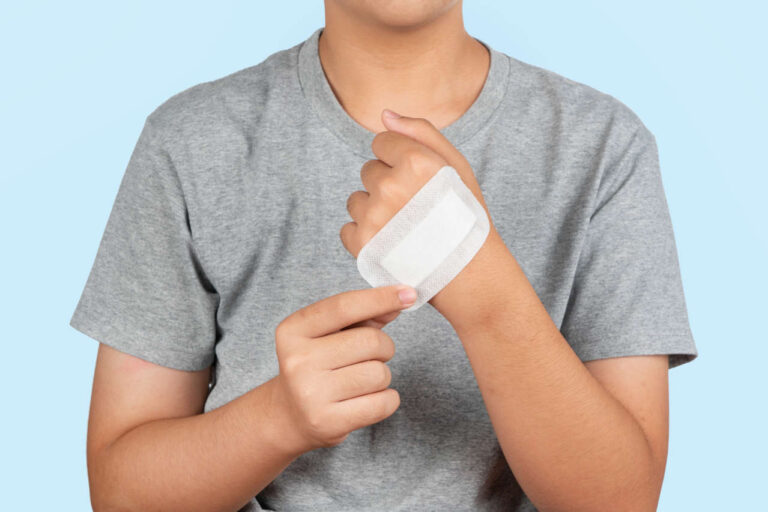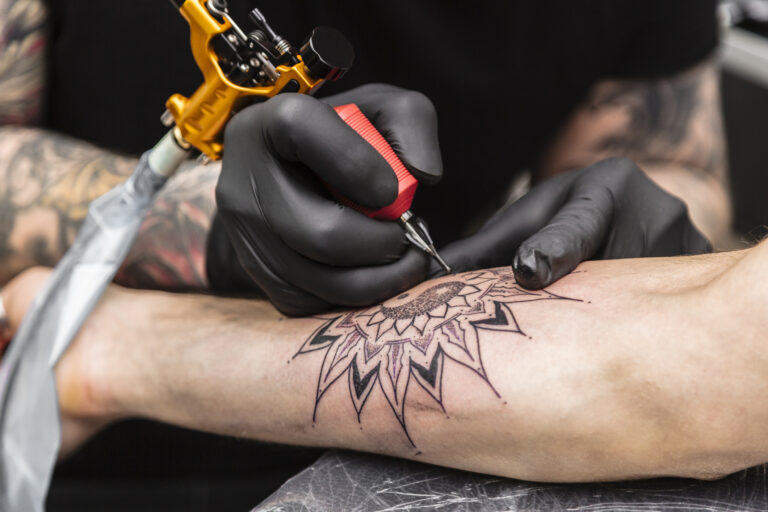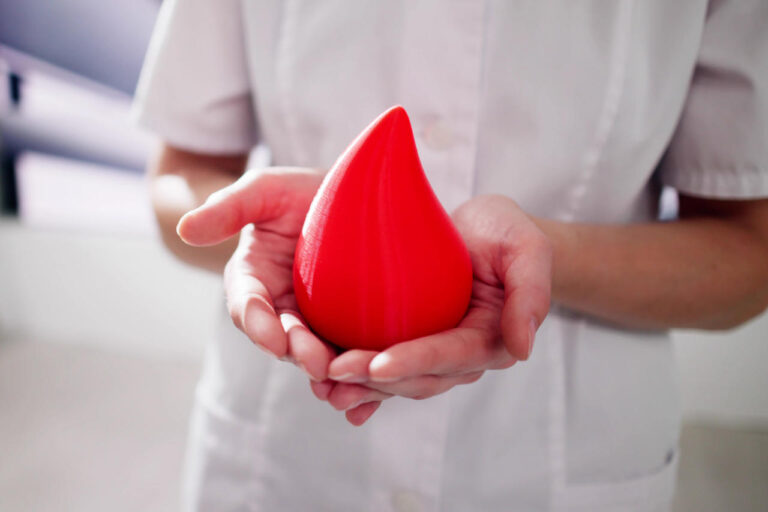
定期锻炼对每个人都有好处,包括血友病患者。然而,对于血友病患者,锻炼计划需要根据以下因素量身定制:
- 个人喜好和兴趣
- 年龄
- 当前活动水平
- 疾病严重程度
与专家讨论共付额援助
运动如何使血友病患者受益
定期进行体育锻炼可以改善关节功能,降低受伤风险,并提高生活质量。此外,保持活跃还可以帮助缓解疼痛、增强活动范围和肌肉力量。
运动可以强健骨骼和关节
严重关节炎患者经常出现关节出血 血友病随着时间的推移,这些类型的出血会导致关节肿胀和破坏,这与以下情况有关:
- 关节疼痛
- 行动不便
- 骨质疏松
- 生活质量下降
锻炼可以增强肌肉
肌肉出血会导致肿胀、感染风险增加以及肌肉力量丧失。3].
阻力训练(举重)不仅可以增加肌肉力量,还可以减轻出血严重程度并减少出血频率。4].
规律运动有助于保持健康体重
肥胖是血友病患者面临的一个重大健康问题。这是因为血友病患者往往缺乏运动,因此更容易发胖。
根据美国疾病控制与预防中心 2014-2017 年男性血友病登记报告 [5]:
- 在 20 岁或以上的血友病 A 患者中,34% 为超重,33% 为肥胖。
- 在 20 岁或以上的血友病 B 患者中,34% 为超重,37% 为肥胖。
锻炼和 健康饮食 是有效的减肥工具。研究表明,即使适度的减肥也能减少关节出血。6].
血友病与运动:应进行和避免哪些活动?
对于成人来说,水上运动可能比陆上运动更能有效缓解疼痛[7].
就提升肌肉力量而言,功能性训练似乎比静态训练更有效。功能性训练的例子包括跑步机行走和部分负重训练。
血友病活动列表
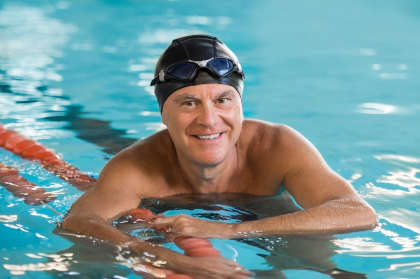
- 步行
- 远足
- 游泳
- 射箭
- 水上运动
- 固定自行车
- 椭圆机
- 钓鱼
- 飞盘
- 高尔夫球
- 太极拳
- 浮潜
活动 安全至中等风险 包括:
- 骑自行车
- 使用划船机
- 使用滑雪机
- 循环训练
- 使用跑步机
- 纺纱
- 健身球
- 举重
获得经济援助
活动 中等风险 包括:
- 有氧运动
- 保龄球
- 舞蹈
- 有监督的休闲潜水
- 使用步进器
- 跳绳
- 轮滑
- 划船
- 网球
- 瑜伽
活动 中度至–危险的风险 包括:
- 皮划艇
- 篮球
- 棒球
- 体操
- 山地骑行
- 皮划艇
- 空手道
- 漂流
- 滑板
- 足球
只有在咨询您的医疗保健提供者并采取充分的预防措施和监督后,您才可以选择参加这些活动。
活动 最高风险 (不推荐) 包括:
- 拳击
- 竞技跳水
- 足球
- 曲棍球
- 力量举重
- 长曲棍球
- 在自然环境中攀岩
- 牛仔竞技表演
- 雪地摩托
- 使用蹦床
- 摔角
血友病与运动:锻炼多长时间、多久一次?
运动的持续时间和频率取决于您的体能水平、疾病严重程度、活动类型和目标。无论如何,任何锻炼计划都应常规包含以下步骤:拉伸、力量训练、体能训练和有氧训练。此外:
- 开始训练前,进行约10分钟的热身运动。训练结束后,进行10分钟的放松运动。
- 每周进行两到三次力量训练,每次训练之间至少休息48小时。每次训练通常持续30分钟,应锻炼所有主要肌肉群。
- 每周进行三次15到20分钟的有氧运动。例如散步、游泳和骑自行车。如果你的目标是减肥,你应该每周至少训练五次,每次30分钟。
- 尽可能多地活动。一周中大多数日子里,步行至少30分钟,以允许你说话但不能唱歌的速度进行。
注意:以上建议针对患有血友病的成年人。
血友病与运动:获得最佳效果的秘诀
- 在开始新的活动之前,请咨询您的医疗保健提供者进行评估。即使您没有任何特定的健康问题,这一点也至关重要。
- 学习如何识别出血的早期症状(例如:意识模糊、皮肤湿冷、头晕、头重脚轻、虚弱、呼吸急促)。如果出现这些症状,尤其是在运动后突然出现,请立即就医。
- 您可能会在某些活动之前接受预防性因子替代治疗,以帮助防止出血。
- 选择你喜欢的活动。这样的活动更容易成为一种习惯。
- 从低强度且对关节有益的活动开始,比如游泳或固定自行车。等你的力量足够强了,就可以逐渐进行更高强度的活动。
- 为了增加安全性,最好与朋友或家人一起锻炼。
与专家讨论血友病
血友病患者可以进行哪些运动?
非接触性运动对血友病患者来说是安全的,例如游泳、散步和慢跑。不建议参加橄榄球、拳击、足球和篮球等高强度运动。
参考:
- Zhou, H., Chen, L., Su, H. 等。血友病患者低骨密度风险:系统综述与荟萃分析。J Orthop Surg Res 19, 52 (2024)。https://doi.org/10.1186/s13018-023-04499-6
- Schäfer, GS 等。“血友病患者的身体锻炼、疼痛和肌肉骨骼功能:系统评价。”《血友病》:世界血友病联盟官方期刊,第22卷,第3期(2016年):e119-29。doi:10.1111/hae.12909
- Wilding, J 等人。“全球血友病人群中的肥胖:患病率、影响及专家对体重管理的意见。”《肥胖评论》:国际肥胖研究协会官方期刊,第 19,11 卷 (2018): 1569-1584。doi:10.1111/obr.12746
- Tiktinsky, R 等人。“阻力训练对血友病患者出血频率的影响:一项初步研究。”《血友病:世界血友病联盟官方期刊》第 8,1 卷 (2002): 22-7。doi:10.1046/j.1365-2516.2002.00575.x
- “体重状况 | 2014-2017 年男性血友病登记报告”。疾病控制与预防中心,2019 年 9 月 3 日,www.cdc.gov/ncbddd/hemophilia/communitycounts/registry-report-males/weight-status.html。
- Biasoli, Chiara 等。“促进血友病患者身体活动:MEMO(血友病患者运动)专家共识项目。” 输血 = Trasfusione del sangue vol. 20,1 (2022): 66-77. doi:10.2450/2021.0138-21
- Strike, Karen 等人。“血友病患者的运动疗法。” Cochrane 系统评价数据库第 12 卷,12 CD011180。2016 年 12 月 19 日,doi:10.1002/14651858.CD011180.pub2
- 国家血友病基金会。《安全第一》。出血性疾病、运动与锻炼。https://www.hemophilia.ca/files/PlayingItSafe.pdf
